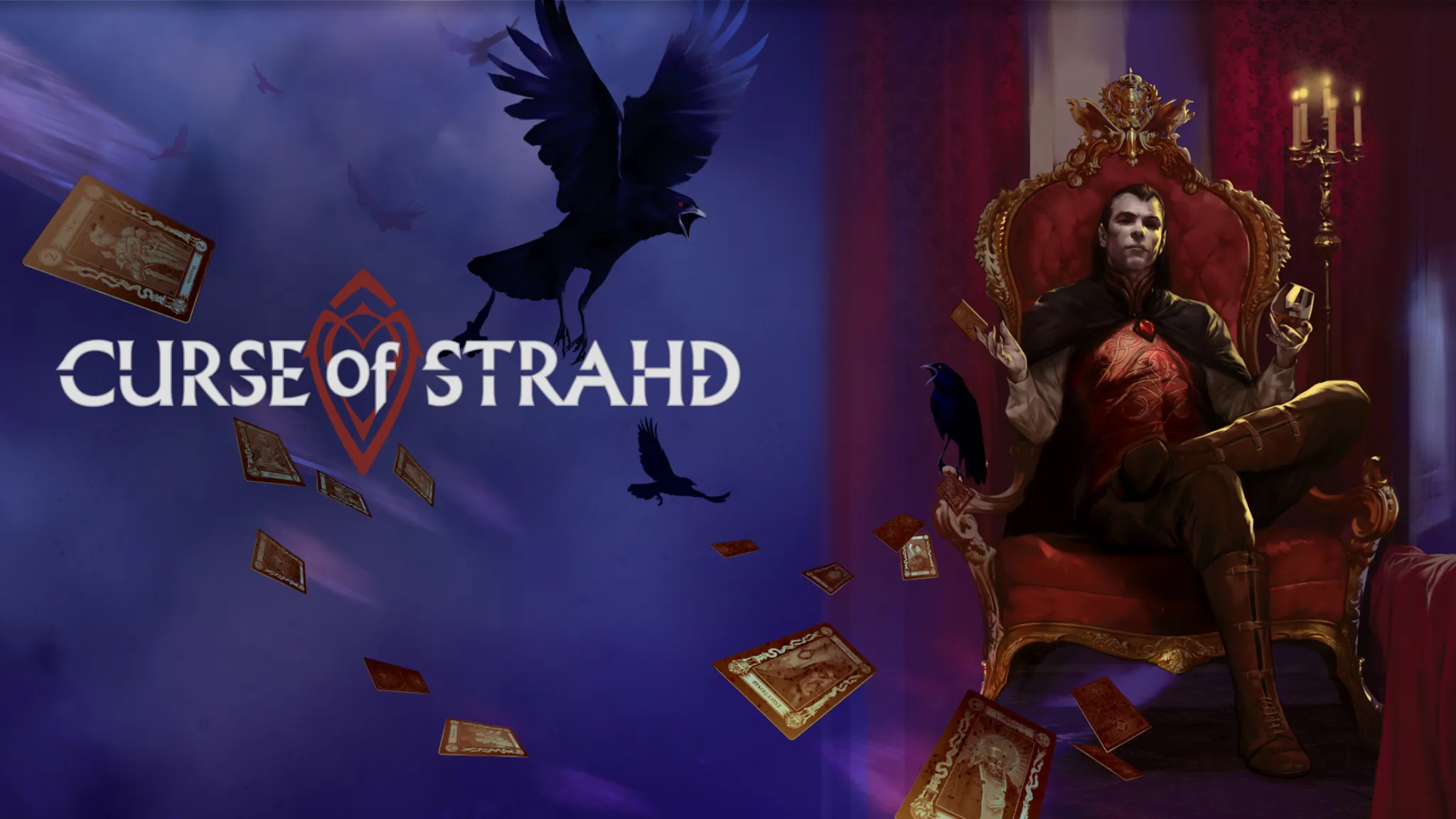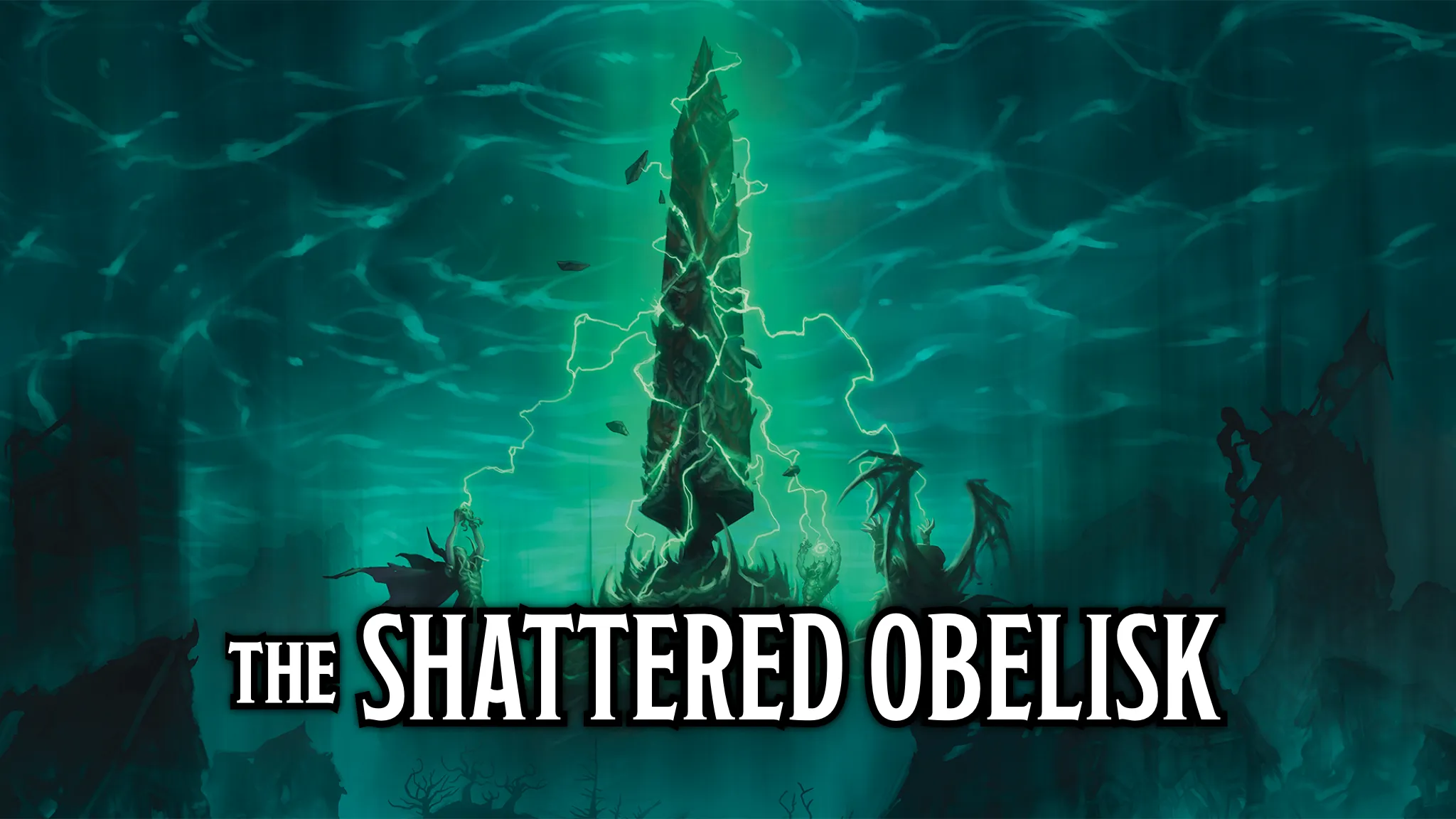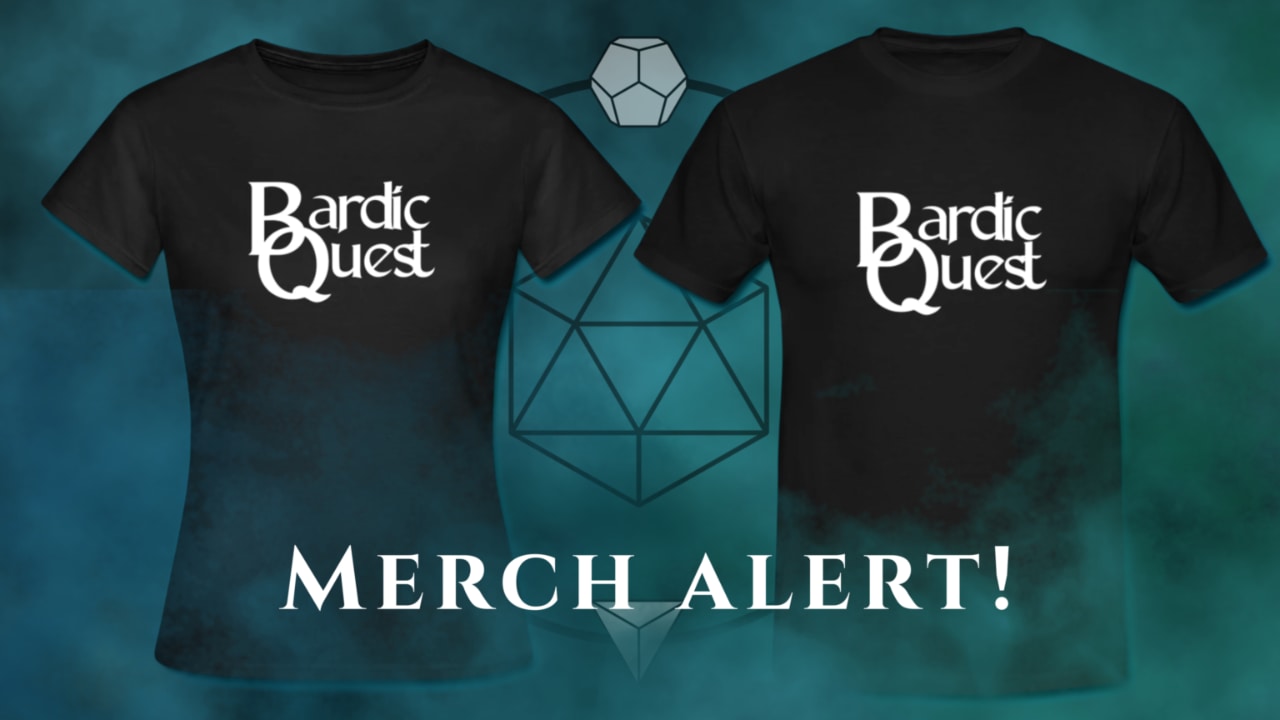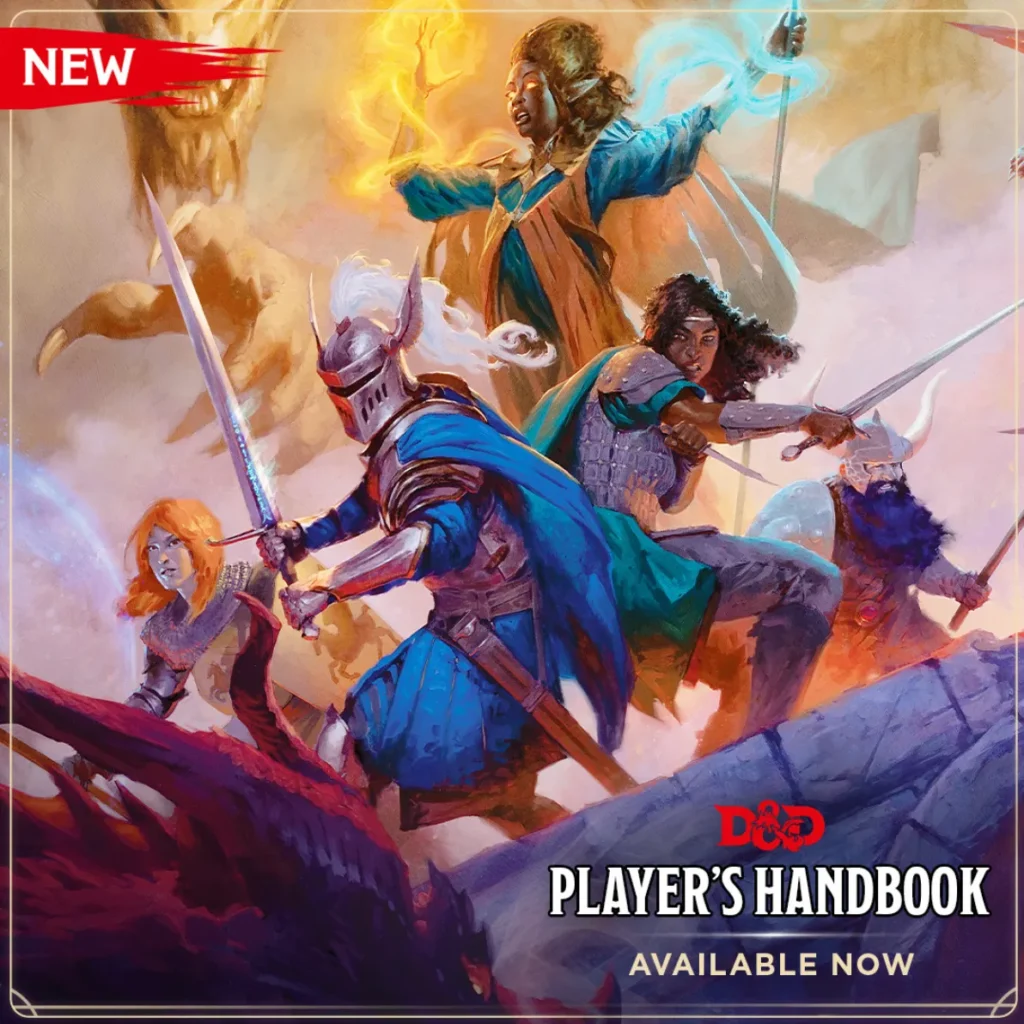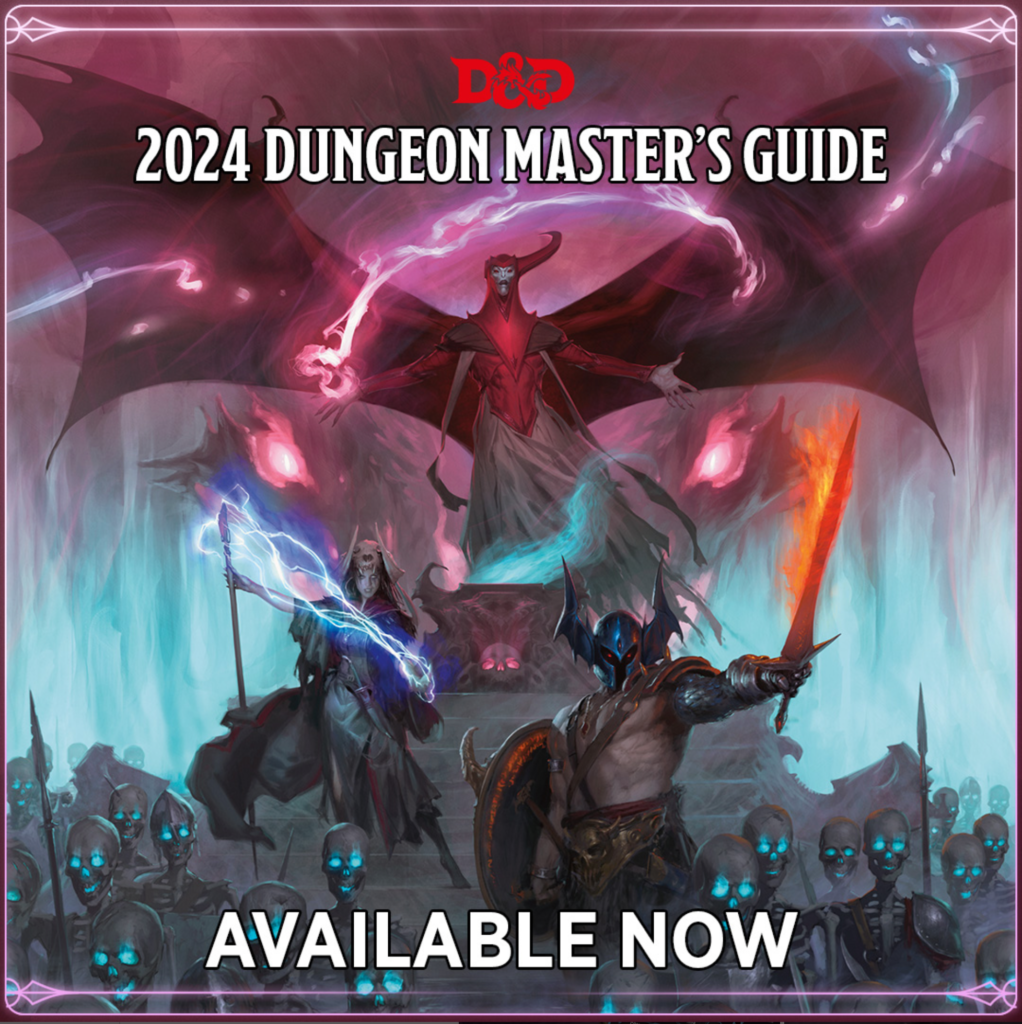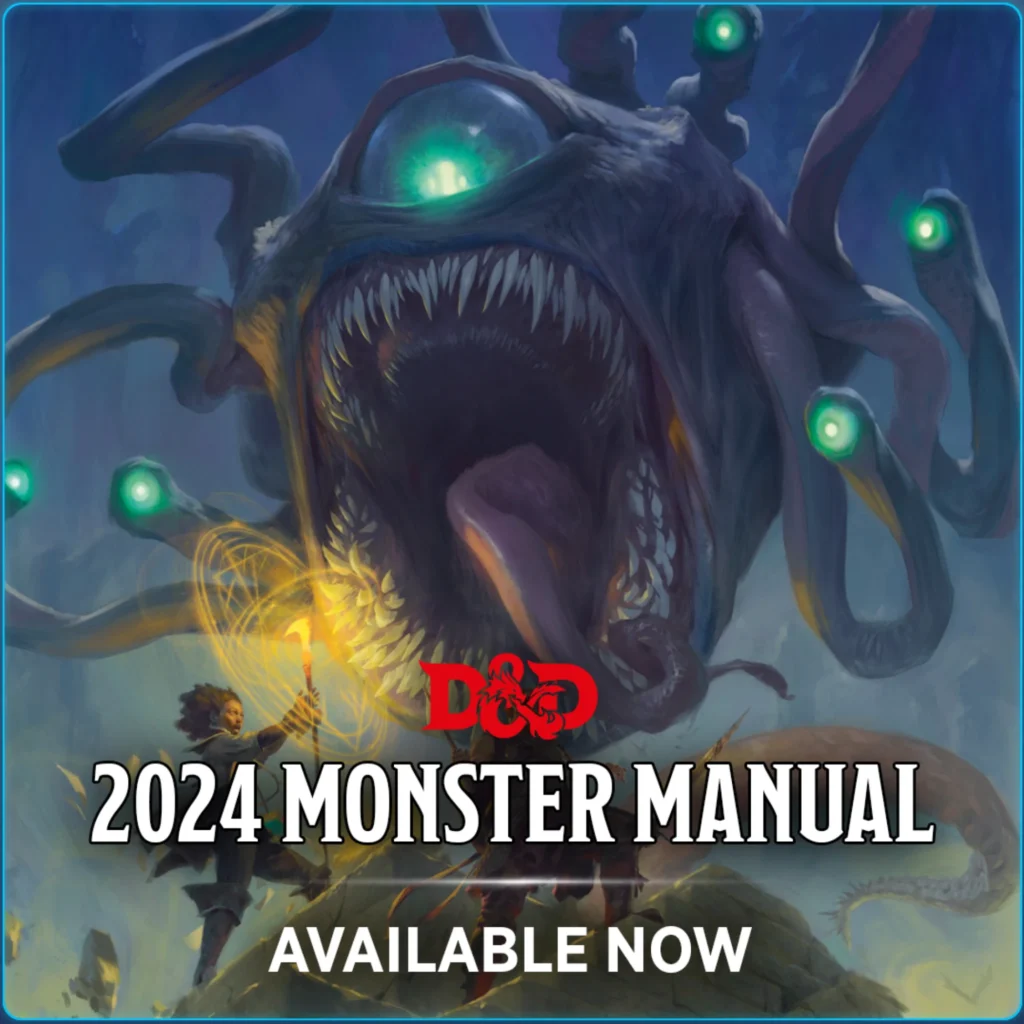Published on July 4, 2025
Written by Wayne Ingram
One of the great joys of tabletop roleplaying games—especially systems like Dungeons & Dragons—is the opportunity for creative problem-solving. As players, we get to explore strange worlds, navigate complex challenges, and use our wits, resources, and character abilities to turn the odds in our favor. And let’s be honest: pulling off a clever plan is immensely satisfying.
But there’s an important mindset that can make all the difference between a satisfying tactical victory and a moment that causes friction at the table.
That mindset is this:
🎯 Don’t try to outwit the DM. Try to outwit the world, with the DM.
When Cleverness Crosses a Line
In many groups—especially ones with tactically minded or mechanically savvy players—there’s a natural tendency to push the edges of what’s possible: to develop layered plans, optimise character builds, or try to pull off big plays that feel like “winning” the encounter. None of that is inherently bad—in fact, it’s often a sign of a group that’s engaged and invested.
The trouble arises when those clever plays are built on unspoken assumptions, unconfirmed rulings, or narrative logic the DM hasn’t been looped in on.
In these moments, the excitement of a cool idea can unintentionally shift into a kind of adversarial dynamic: the plan only works if the DM is caught off guard or strong-armed into honouring an interpretation they never agreed to. The DM becomes less of a facilitator and more of a safe-deposit box to be crowbarred open—and that dynamic, even if accidental, can drain the energy and trust from the table.
The Collaborative Game Loop
At the heart of every TTRPG is a simple but powerful loop:
The DM describes the world → Players declare their intent → The DM adjudicates the outcome.
When players skip the second or third step—when intentions are made in isolation or outcomes are assumed without DM input—it disrupts that flow. It puts the DM in the awkward position of having to walk something back or override assumptions after the fact. Nobody enjoys that.
It doesn’t feel good to say “no” to something a player has clearly put time and thought into. Especially when you suspect that the player is so sold on their idea that even a “no, but…” won’t lessen the sting of discovering that their idea won’t play out as they thought it might. But sometimes as DMs we have to say no in order to maintain the internal logic of the world, the consistency of the rules, and fairness across the group.
Bringing the DM Along for the Ride
The solution isn’t to curb your creativity as a player—it’s to bring the DM into the creative process.
If you’re cooking up a wild plan between sessions, shoot your DM a message. Ask, “Would this kind of thing work in your world?” or “Hey, if this rule works this way, can I therefore assume that I can do X in order to achieve Y?” You don’t need every detail spelled out in advance—but a quick check-in can go a long way in turning a maybe-idea into a pathway to a memorable moment at the table.
And the truth is: most DMs want to say yes to your big ideas. We want your characters to pull off daring heists, magical hacks, clever traps, and campaign defining moments of brilliance. But we also need to protect the structure of the game so that everyone is playing with the same rules and expectations.
Let us help you make the moment land. Give us the space to support your idea, to build tension, and to make success feel earned and awesome.
The Payoff
When players and DMs work together to pull off cool, unexpected, and creative plays, the payoff is huge. Not just in terms of “winning,” but in terms of narrative richness, shared excitement, and the feeling of having pulled something off as a group that was bigger than any one of us could have done alone.
That’s the magic of the table.
So keep being clever. Keep making plans. Keep dreaming up wild tactics and smart plays. Just don’t try to beat the DM at their own world—invite them in, and beat the world together.

